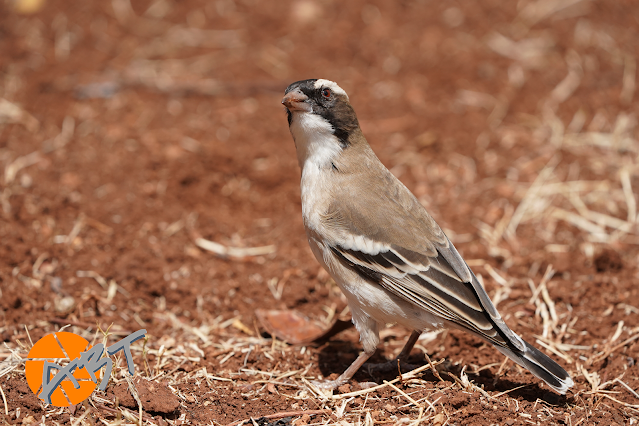White-browed Sparrow - Weaver #BirdingSunday
The White-browed Sparrow-weaver was collected and formally
described by Andrew Smith a Scottish surgeon, explorer, ethnologist and
zoologist. Smith organised an expedition to the interior and he travelled to
near the Botswana border in 1834-35, collecting many new birds, reptiles,
mammals and other along the way.
It ranges from 17 to 19 cm (6.7 to 7.5 in) in length and is characterized by a broad, white eyebrow stripe and white rump visible in flight. While the male white-browed sparrow-weaver sports a black bill, the female's bill is horn-colored (light gray); that of the juvenile is pinkish-brown. In Zimbabwe, the white-browed sparrow-weaver shows faint brown spotting across its white breast.
The white-browed sparrow-weaver is monogamous, co-operative and colonial. There are a single breeding male and female in each group. The breeding pair, assisted by the helpers, build an untidy straw like ball nest, with more than one entrance hole. The second entrance will be closed when the nest is used for breeding. The female lays 2 to 3 eggs and incubates them alone for around 15 days. Only the female will feed the chicks for the first 3 days and she is then assisted by the male and the helpers.
White-browed sparrow-weavers live in groups between 2 and 11 birds. Each group will build its own nest with colonies being on average 16 nests, in a single tree. The nests are nearly always on the leeward side of a tree, between 2 and 8 m off the ground. Each group will have several nests, one for breeding and the others for roosting.
These sparrow weavers are omnivores that eat insects, especially locusts, termites, and beetles along with seeds and grains.
Enjoyed today's blog ? Learn more at https://africanbushtraining.com




Comments
Post a Comment